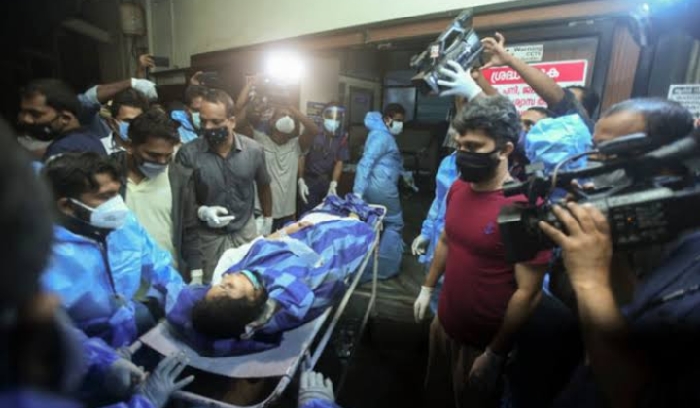Lucknow, Sept 20: Uttar Pradesh Navnirman Sena has offered a Lok Sabha ticket from Agra to Shambhulal Regar, the man who allegedly hacked and burnt a Muslim man to death in Rajasthan's Rajsamand district last year.
Addressing the press conference in Agra, Uttar Pradesh Navnirman Sena national president Amit Jani announced names of five contestants who would be contesting in the upcoming Lok Sabha elections in 2019, which includes Regar from the seat, which is reserved for Scheduled Castes.
Jani claimed that Regar's life is in danger in Jodhpur jail, where he is currently lodged.
"We will save Regar and will give political assurance to him. According to Regar, he did self-defence and it's up to the court whether he is a killer or not," he said.
Jani further lauded Regar's effort to "save Hindutva". He said, "Regar has the constitutional right to contest election till his conviction. We want only Hindutva faces to contest elections on our party's tickets and there can be nobody better than him."
The victim was identified as Mohammed Afrazul Khan, Bengali migrant worker in Rajasthan, and the accused as Regar, a former marble trader. The videos that were uploaded on social media by 14-year-old nephew of Regar, recorded him saying he killed Afrazul to save a woman from "love jihad".





Comments
These are CRIMINAL PARTIES, not political.
Unless the people change, no change in the country can be expected
what we can expect from some political parties. how come a crimincal will join politics, hang him soon to clean the soceity,
Political parties in India nominate candidates who is steeped in and emerged from the world of crime is obvious: because they WIN...
Now Criminals are Entering into Politics to Destroy India.. This Man should be hanged to death for Burning a Man Alive...
Add new comment